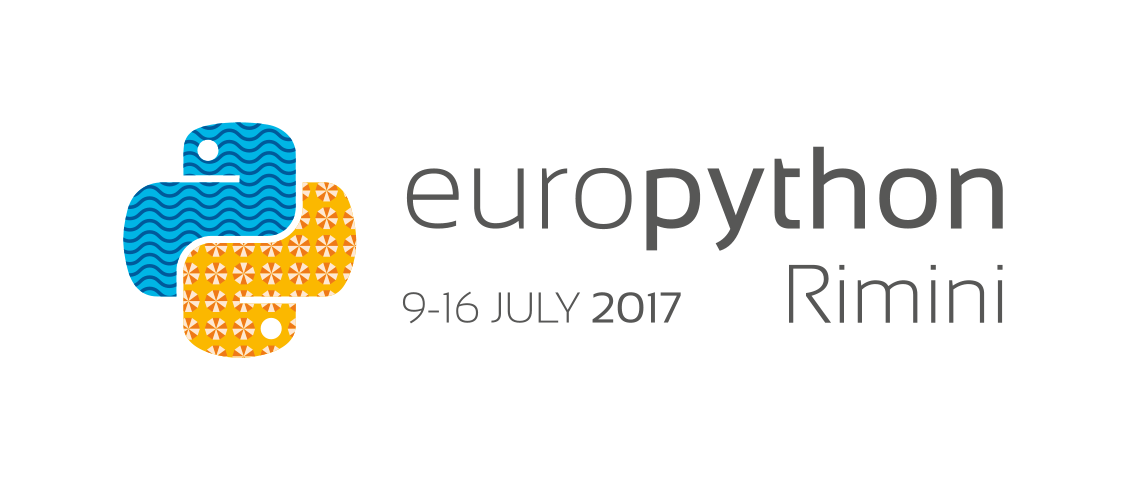Lessons learned in X years of parallel programming
There is a lot more to parallel programming in Python than
multiprocessing.Pool().map. In this talk I will share some
hard-learned knowledge gained in several years of parallel
programming. Covered topics will include performance, ways to measure
the performance, memory occupation, data transfer and ways to reduce
the data transfer, how to debug parallel programs and useful
libraries. I will give some practical examples, both in enterprise
programming (importing CSV files in a database) and in scientific
programming (numerical simulations). The initial part of the talk
will be pedagogical, advocating the convenience of parallel programming
in the small (i.e. in single machine environment); the second part will
be more advanced and will touch a few things to know when writing
parallel programs for medium-sized clusters.
I will also briefly discuss the compatibility layer that we have developed at GEM
to be independent from the underlying parallelization technology (multiprocessing,
concurrent.futures, celery, ipyparallel, grid engine…).
